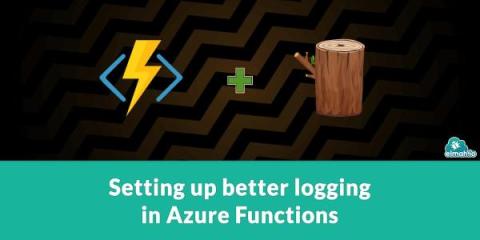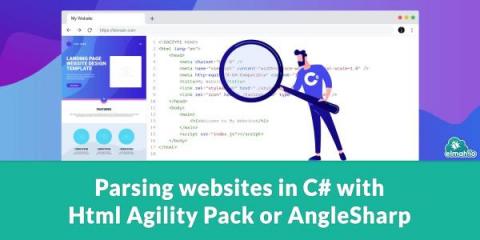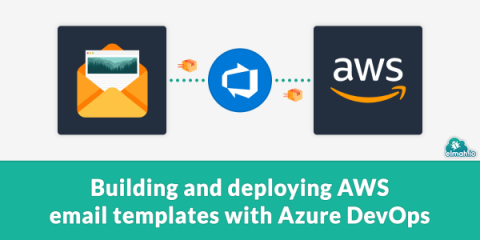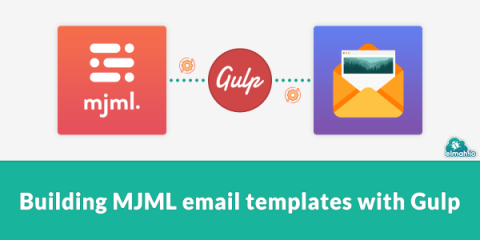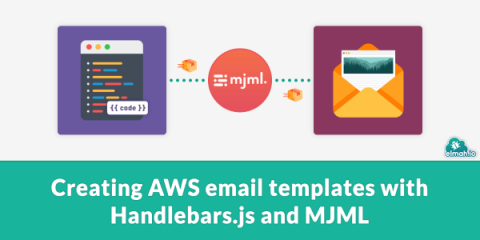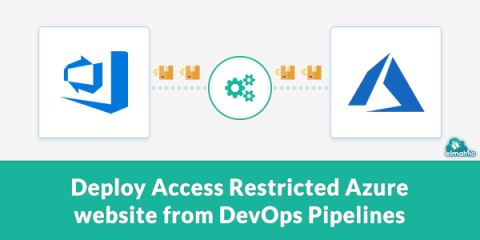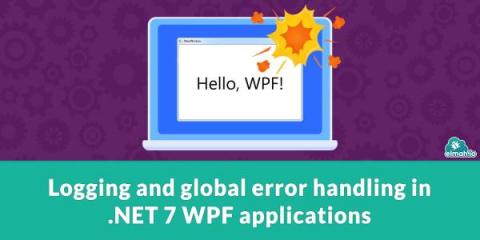Setting up better logging in Azure Functions
We have been using Azure Functions for years. Being able to easily deploy and run code on both Azure App Services and real serverless has been a killer feature for all of our asynchronous jobs and services. Unfortunately, the logging approach provided as part of the default template is not ideal. In this post, I'll introduce you to the first steps we take in all of our existing and new function apps to improve logging. A quick note about the Azure Functions runtime.


